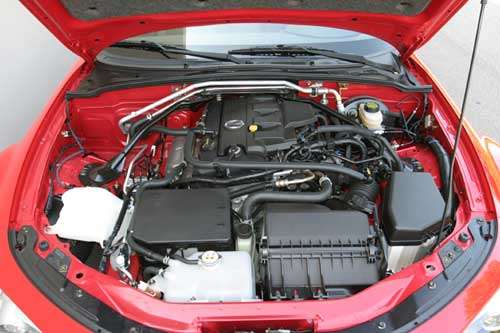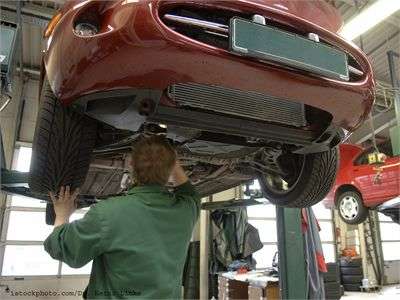Recent Articles
Popular Makes
Body Types
How To Change A Fuse In A Car

Knowing how to replace a car fuse may prevent you from getting stranded or allow you to get your heater working again on a cold day, providing that you have the proper spare fuses on hand. There are several different types of fuses, depending on the car’s age and manufacturer. Each of these come in different values, and it’s important to use the proper replacement.
The most common type of fuse in modern vehicles is the blade type. These are normally plastic and come in four different sizes, low-profile mini (APS or ATT), mini (APM or ATM), regular (APR, ATC, or ATO), and maxi (APX). Many older automobiles built in North America use glass fuses (SAE J554) while some older European vehicles use Bosch type fuses (DIN 72581/1). Some vintage British cars use Lucas type fuses. When replacing a Lucas type fuse with a different type its important to halve the value as the Lucas fuses use a different rating system.
The first step in knowing how to change a fuse in a car is to locate the fuse panel. The fuses are normally located under the hood of the car near the battery or under the dash. In many cases there is a fuse panel in both locations. The owner’s manual should provide the location of the fuses, a description of the items they power, and the proper fuse value. A blown fuse can often be detected visually if the wire in the fuse has separated, however this is not always the case and you may need to consult the manual to determine which fuse protects the circuit that stopped working.
To replace the fuse simply pull the blown fuse straight out and push the new one straight in. Tools are available for most fuse types to ease the removal process. If you are having problems removing the fuse and don’t have the proper tool, carefully use needle-nose pliers to pull it out or another tool to try and pry it out.
Sometimes a fuse can blow because of a manufacturing defect, old age, or another one time issue, but other times it can be a symptom of a larger problem. If a fuse shows signs of melting it may have been defective, inserted incorrectly, or there may be corrosion on the contacts. If you are frequently having to replace the same fuse take a look at the wiring and devices on that specific circuit to ensure that there isn’t a short or other problem. There is rarely a good reason to replace a fuse with one of a higher value.
